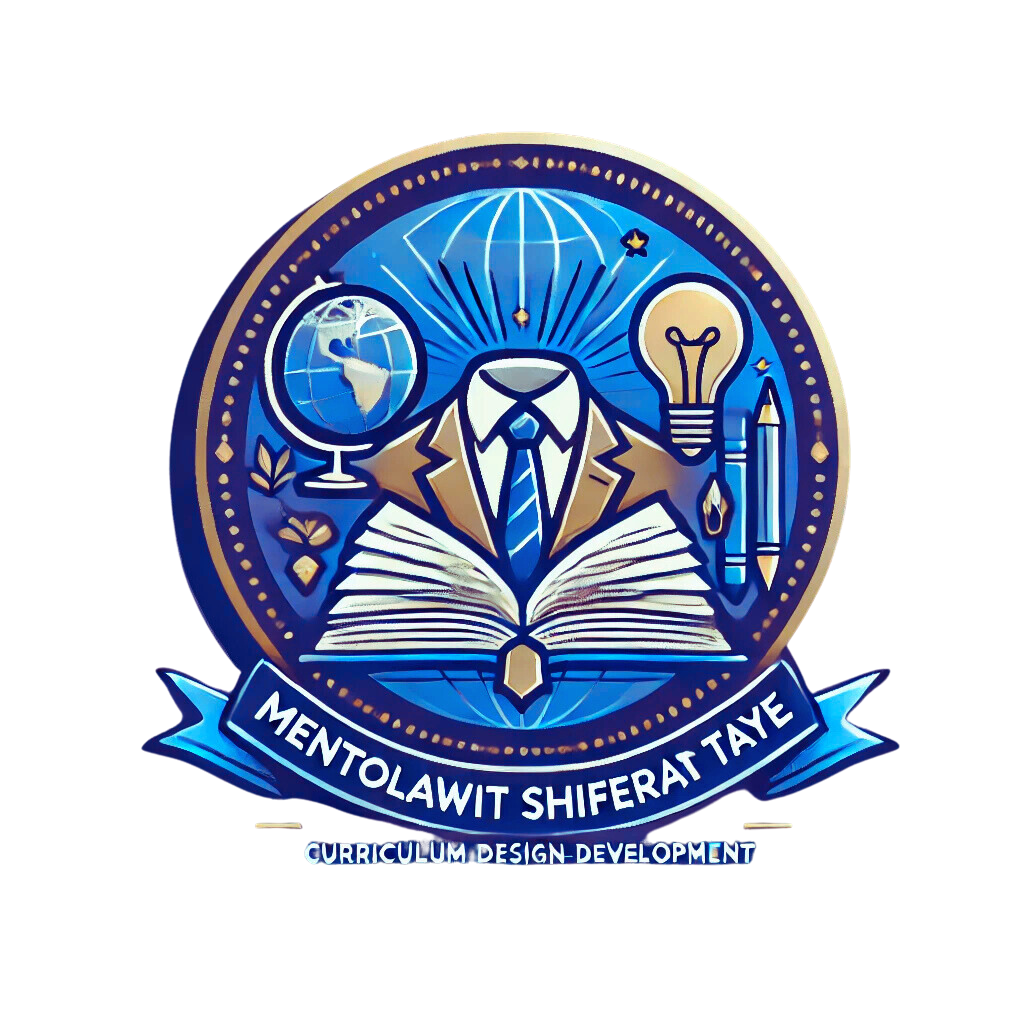Bridging Generational Gaps in Adult Learning: A Practical Framework for Real-World Application
As an instructional designer, one challenge we often hear from adult learners—especially in professional settings—is the struggle to connect with content across generational lines. Whether they're boomers learning digital tools or millennials navigating outdated policies, the generational divide in learning is real—and so is the frustration of applying theory to practice.
This design GEN Connect + APPLY framework: a method built to foster generational understanding and support practical application in adult learning environments. Whether you're teaching in a college classroom, leading professional development, or designing workplace training, this approach meets adults where they are—and helps them move forward, together.
🔹 Step 1: Start with Story-to-Skill Warm-Ups
We remember stories more than slides. Begin each lesson or module with a brief narrative, real-life case study, or video clip that highlights a moment of intergenerational tension or collaboration.
Prompt learners:
What values or assumptions are present here?
How would someone from your generation respond differently?
This technique does two things: it sets the tone for empathy and connects abstract content to lived experience right from the start.
🔹 Step 2: Teach with a “Bridge Lens”
Most adult learners want content that respects their experiences. Use a “Bridge Lens” to teach the same concept through multiple generational perspectives.
🔍 Example: Teaching digital communication?
Show how Gen Z uses Slack or emojis for nuance.
Contrast with Gen X or Boomers’ reliance on formal emails or memos.
This validates different work styles and opens up honest dialogue about change.
🔹 Step 3: Peer Mapping Sessions
After introducing new content, invite learners to map out how they would each apply it, based on their experience and generational habits.
Set up cross-generational pairs and give a real-world challenge. Have them sketch a solution from their POV—then compare. This turns differences into assets, encouraging collaboration over conflict.
🔹 Step 4: “Do-It-Now” Practice + 2-Minute Reflection
Learning means nothing if it isn’t used. Every session should end with an immediate, real-world task—something learners can try out that same day.
Follow it with a reflection:
How did it feel to apply this new skill?
What would I do differently next time?
These questions prompt self-awareness and adaptation, two key traits in adult learning.
🔹 Step 5: Visual Learning Journals
Ditch the text-heavy notes. Replace them with guided visual journaling prompts.
Ask learners to:
Sketch a quick mind map of what they learned.
Draw a “before and after” timeline of their understanding.
Create a symbol or metaphor for the new skill (e.g., “I’m no longer in the fog—I have a compass.”)
This makes learning memorable and personal, especially for learners who are more visual or hands-on.
Why This Works for Adult Learners
✅ It honors lived experience ✅ It turns generational differences into strengths ✅ It promotes immediate, tangible application ✅ It creates space for self-reflection ✅ It builds empathy and team cohesion across ages
Final Thoughts
We often hear that one size doesn’t fit all in education—but that’s especially true for adult learners. Whether they’re 28 or 58, learning must feel relevant, respectful, and realistic.
The GEN Connect + APPLY method offers a blueprint to bridge generational gaps, support diverse learners, and turn theory into action—one lesson at a time.
🗣 How do you make your adult learning experiences more inclusive and applicable? Share your thoughts or tips in the comments!
#InstructionalDesign#GenerationalDiversity#InclusiveLearning#ProfessionalDevelopment #EdTech #LifelongLearning#LearningAndDevelopment #EquityInEducation #GenConnect#BridgingGenerations #LearnerCenteredDesign #AdultLearning

